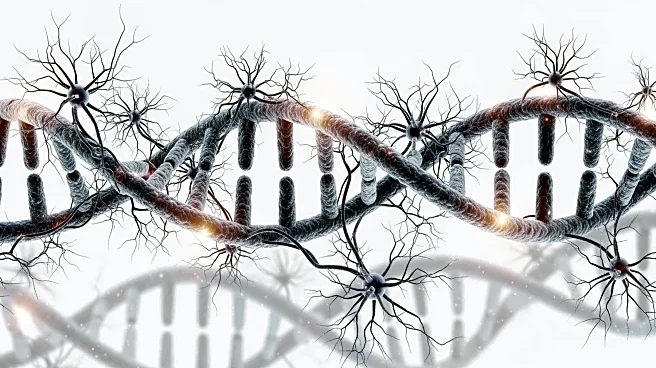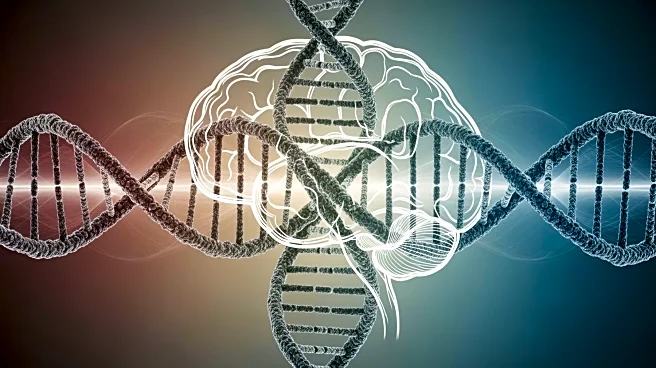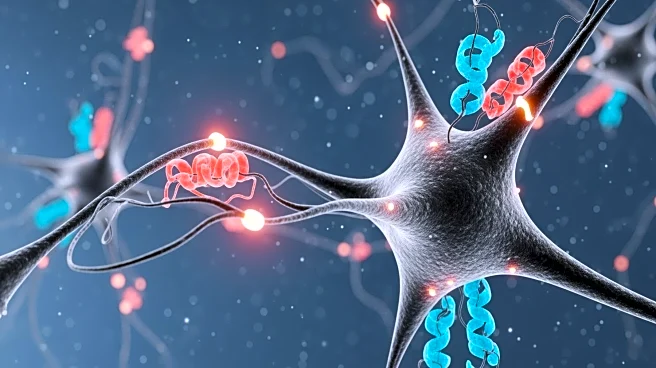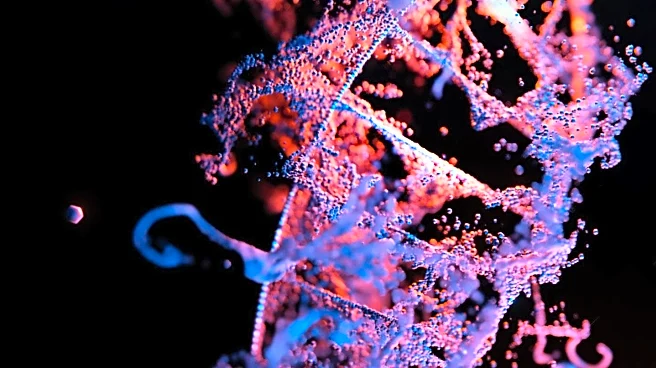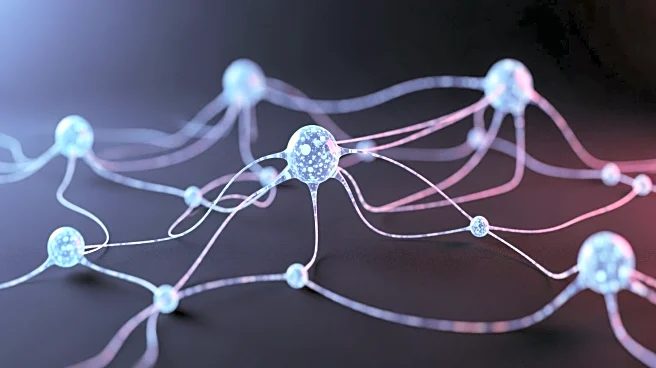What's Happening?
Recent research has identified the heterozygous loss of the SRRM1 gene as a potential contributor to neurodevelopmental disorders. The study involved neuron-like cells derived from SKNBE2 neuroblastoma
cells, which exhibited significant impairments in cell growth, migration, and neurite development when SRRM1 protein levels were reduced by 50%. Additionally, experiments on Drosophila melanogaster showed impaired neurological functioning following motoneuronal knockdown of Srrm1. The findings suggest that SRRM1 is a candidate gene for neurodevelopmental disorders, with potential links to anomalies in cell growth and neurite morphology.
Why It's Important?
The identification of SRRM1 as a candidate gene for neurodevelopmental disorders could have significant implications for understanding the genetic basis of these conditions. This discovery may lead to new diagnostic markers and therapeutic targets, potentially benefiting individuals with neurodevelopmental disorders by enabling earlier diagnosis and intervention. The study also highlights the importance of genetic research in uncovering the underlying mechanisms of complex neurological conditions, which could pave the way for more personalized and effective treatments.
What's Next?
Further research is needed to explore the full spectrum of clinical manifestations associated with SRRM1 loss and to validate these findings in larger cohorts. Investigations into the molecular pathways affected by SRRM1 deficiency could provide deeper insights into its role in neurodevelopmental disorders. Additionally, the development of animal models and advanced cellular systems may facilitate the study of potential therapeutic interventions targeting SRRM1-related pathways.
